These marshmallow shapes is a great way for kids to begin developing engineering skills.
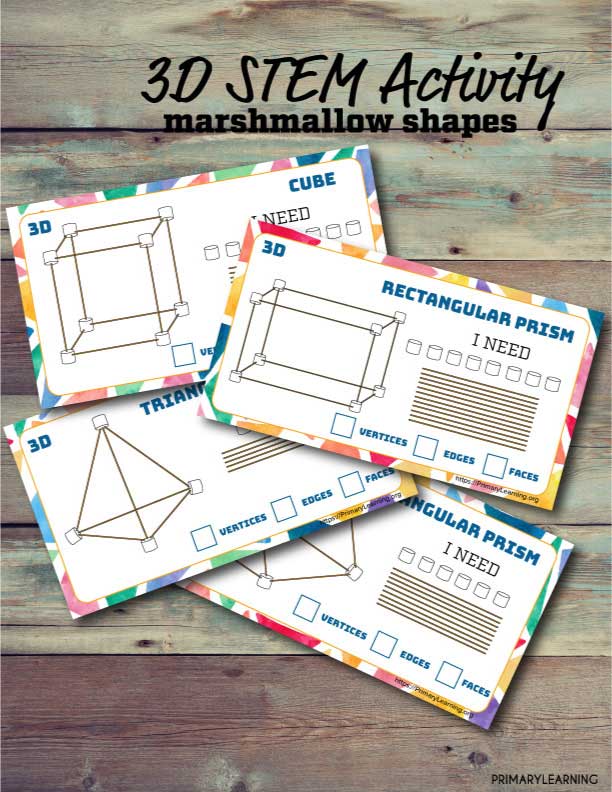
First Grade Worksheets & Printables
First grade is an exciting time for young learners as they dive into subjects like reading, writing, math and even explore history, art, and foreign languages. However, rapidly introducing these diverse subjects can sometimes overwhelm first graders. But don’t worry; our first-grade worksheets are here to help.
As your child transitions from kindergarten to first grade, they’ll encounter a more structured learning environment with an increased workload. Our worksheets are designed to reinforce the essential concepts taught in class. They offer a variety of hands-on activities, making the learning process enjoyable. So, explore our wide range of first-grade worksheets and give your child’s education a learning boost.
Creating a welcoming classroom environment is essential. Make the classroom a safe, comfortable, and inviting space for your students. Differentiated instruction is crucial, as first-grade students vary in their abilities and learning styles. Adapt teaching to meet diverse needs, providing additional support or enrichment as necessary.
Visual aids, such as charts, diagrams, and colorful illustrations, reinforce lessons and make information more accessible. A multisensory approach, which engages various senses, is beneficial in making learning memorable and enjoyable.
Engaging teaching methods are crucial. Incorporate hands-on activities, games, and lessons to maintain student interest. Encourage creativity and exploration through art projects, group activities, and storytelling. Using manipulatives, interactive materials, and physical objects to make abstract concepts more tangible.
Phonics and sight words play a vital role in developing literacy skills. Reading aloud to students fosters a love for books and storytelling, promoting language development. Small-group instruction allows for targeted support, while games, puzzles, and play-based activities make learning fun. In math, cover concepts like addition, subtraction, counting, and number recognition, using manipulatives and visual aids. Provide individualized support and offer extra help or enrichment as needed.
A structured daily routine, clear expectations, and positive reinforcement contribute to a well-managed classroom. Real-world application of lessons helps students understand the relevance of what they learn. Integrating technology and involving parents in the learning process are also valuable approaches.
Cultivate a love for learning, maintain strong communication with parents, informing them about classroom activities and student progress.

These marshmallow shapes is a great way for kids to begin developing engineering skills.

This handwriting chart greatly supports the proper letter formation and helps develop neat handwriting. The key is to make it easily accessible for each student.
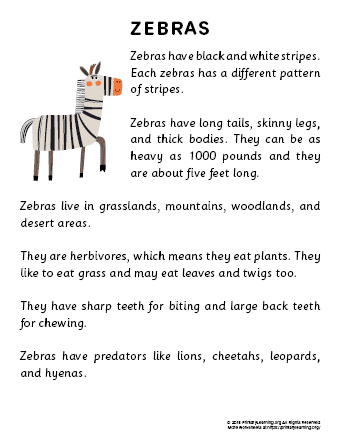
In this non-fiction passage, students learn about the zebra. Where does the zebra live? What does it eat? How does it look like?
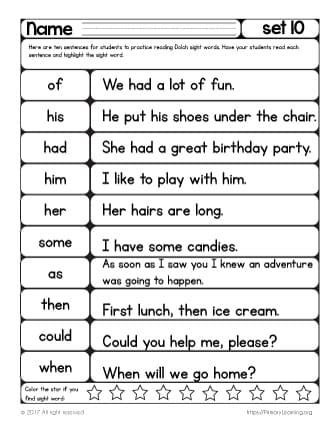
This worksheet introduces a child to sight word sentences that correlate with sight words she just learned. Pre-primer Dolch sight words reading practice set 1 includes words: the, to, and, a, I, you, it, in, said, for.
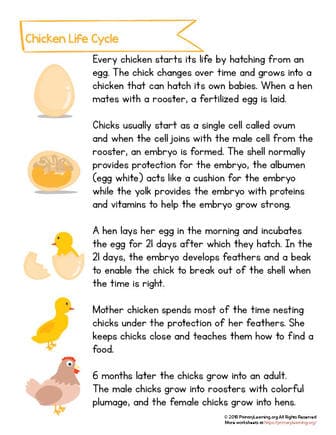
Students read all about the Life Cycle of a Chicken. They explore each stage in detail and connect it to the picture on aside. Great for your life cycle lesson.
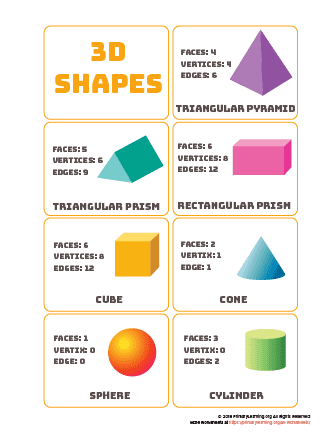
This colorful and straightforward 3D shapes word mat or poster can teach kids the names and attributes of various 3D shapes. One page shows seven common 3D shapes, their proper names, and the corresponding number of faces, vertices, and edges.
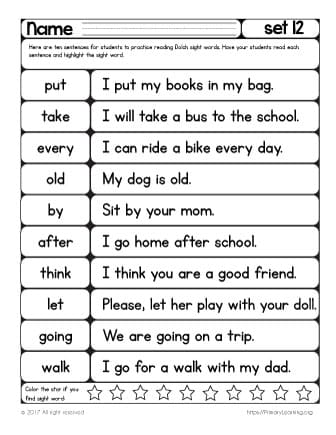
With this reading worksheet, your child read sight word sentences that correlate with sight words she just learned. 1st Grade Dolch sight words reading practice set 11 includes words: were, them, ask, an, over, just, from, any, how, know.

Here are 100 would you rather questions for kids to introduce conversational topics.
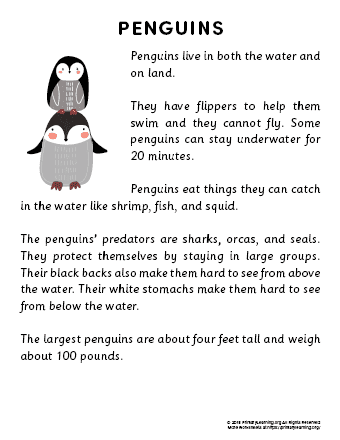
In this non-fiction passage, students learn about the penguin. Where does the penguin live? What does it eat? How does it look like?
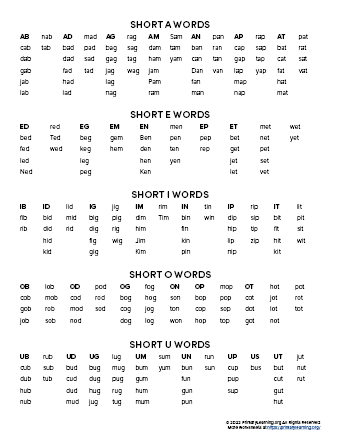
This CVC word list brings the easiest way for teachers to choose words for the next lesson or activity.
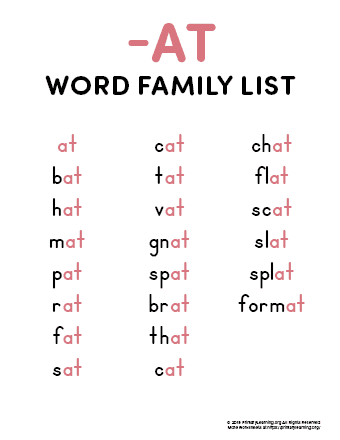
Teach beginning spellers that words contain and share patterns. Use this word family list to introduce the sound of words ending with -AT.
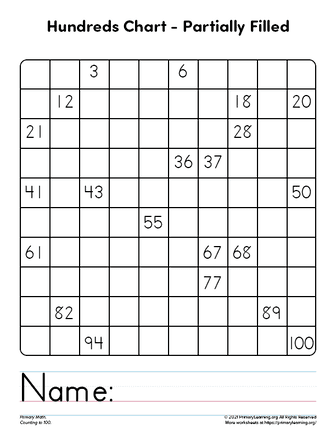
Can your child count all the way up to 100? Challenge your studetns to show theit math skills and fill the missing numbers in this hundreds chart.
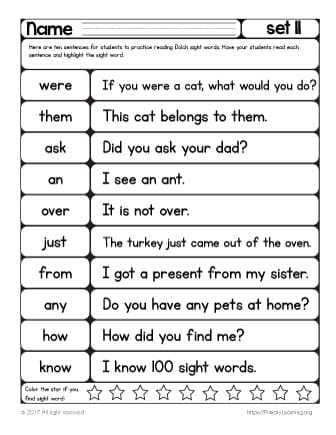
With this reading worksheet, your child read sight word sentences that correlate with sight words she just learned. 1st Grade Dolch sight words reading practice set 10 includes words: of, his, had, him, her, some, as, then, could, when.
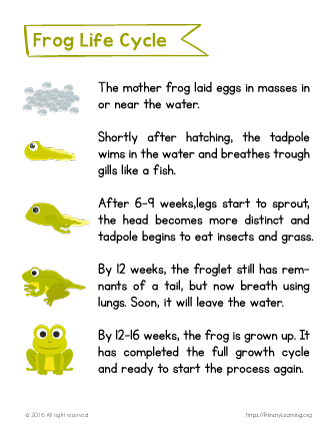
This butterfly lie cycle prompt encourages students to use the sequencing stages and arrange them into a writing. What was first, then, and after? What is the final transformation of the butterfly?
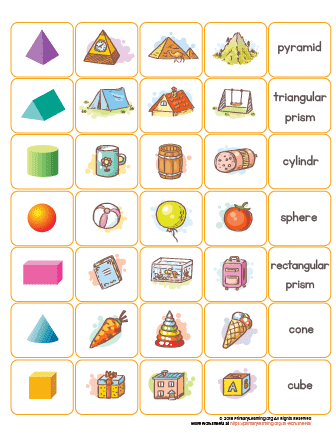
Sight words spelling dictionary is great for independent practice. Students reinforce their vocabulary and practice spelling sight words that have been taught. Primer Dolch sight words set 9 includes words: eat, who, new, must, black, white, soon, our, ate, say, under, please.
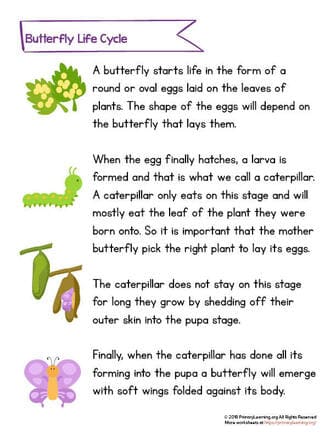
Use the butterfly life cycle anchor chart in science centers, individual work, small group activities, and even more. You can download it in color or black and white versions.

Teach beginning spellers that words contain and share patterns. Use this word family list to introduce the sound of words ending with -IGHT.
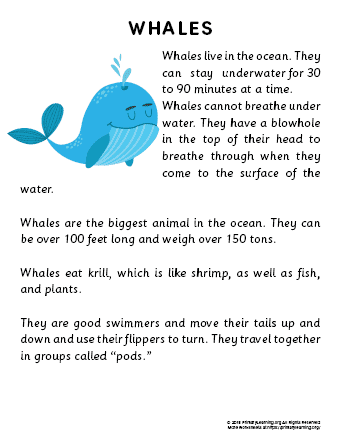
In this non-fiction passage, students learn about the whale. Where does the whale live? What does it eat? How does it look like?
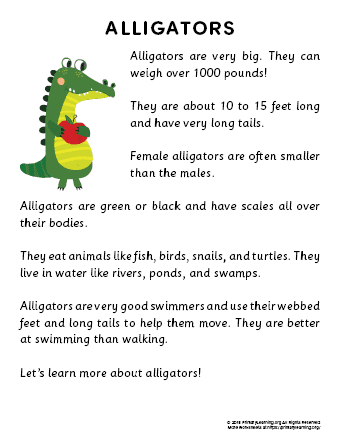
In this non-fiction passage, students learn about the alligator. Where does the alligator live? What does it eat? How does it look like?
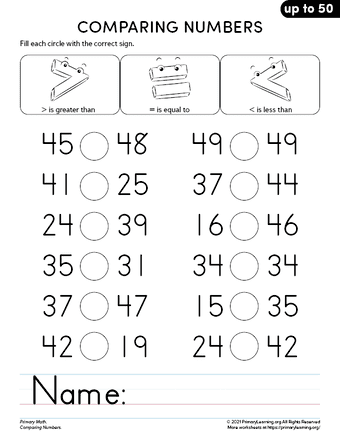
With this printable, kids compare numbers up to 50. Kids look at two numbers and write a symbol in the provided box. Kids solve 12 math problems.
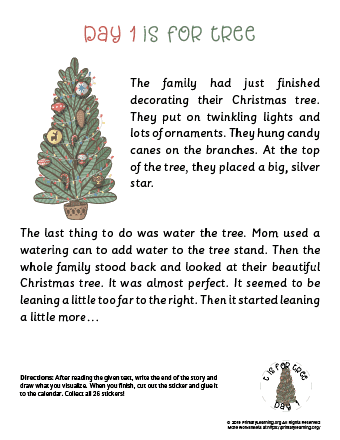
In this Christmas story, kids read about the Christmas tree and write the story ending! Collect all 26 Christmas Readings!
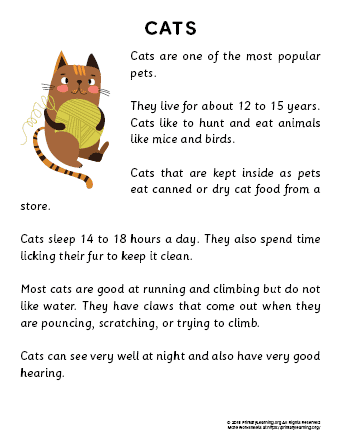
In this non-fiction passage, students learn about the cat. Where does the cat live? What does it eat? How does it look like?
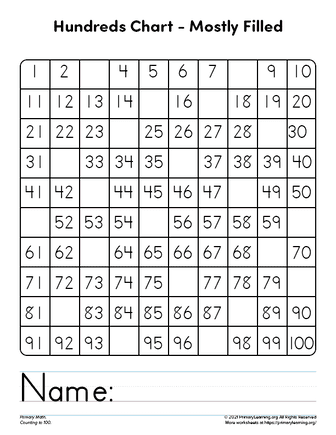
Invite your studentns to show their math skills and fill in the missing numbers in this hundreds chart. Look for the number order and figure out missing numbers up to 100.
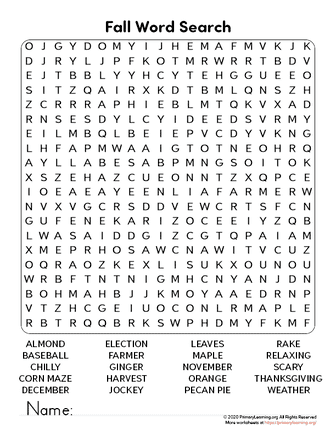
This fall word search puzzles feature fall-related words. Word searches are great activities to help your kids develop their spelling, problem-solving, and analytical skills.
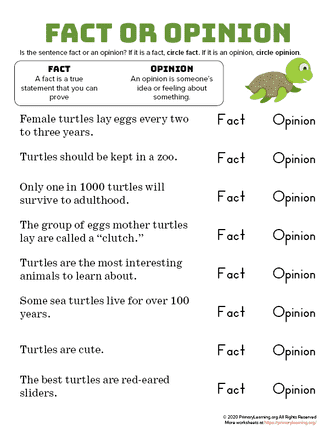
Students learn to recognize the difference between facts and opinions. Students read each statement about turtle and determine whether it is a fact or opinion.
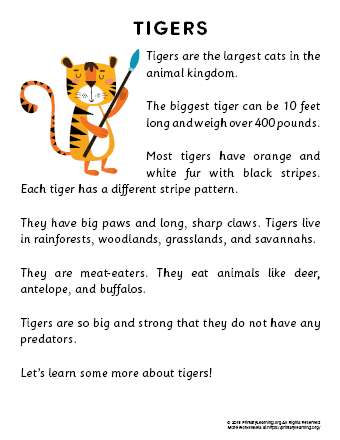
In this non-fiction passage, students learn about the tiger. Where does the tiger live? What does it eat? How does it look like?
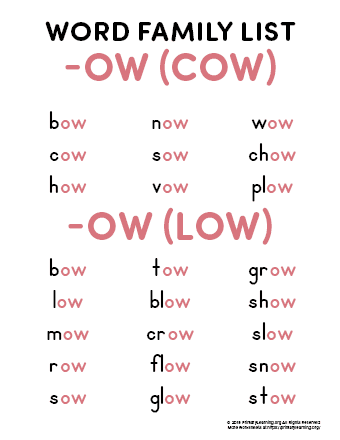
Teach beginning spellers that words contain and share patterns. Use this word family list to introduce the sound of words ending with -OW (rhymes with cow).
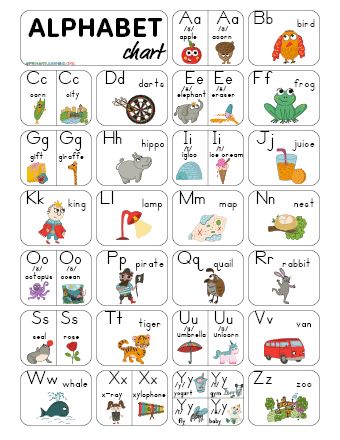
This alphabet sounds chart is an excellent resource for beginning readers and writers. This chart includes long and short vowels, hard and soft consonants and more!
Join PrimaryLearning.Org for Free Access
By clicking 'Create Account' above, I agree that I have read and agree to PrimaryLearning.Org's Terms of Use and Privacy Policy.
Members receive PrimaryLearning.Org emails. You can unsubscribe anytime.